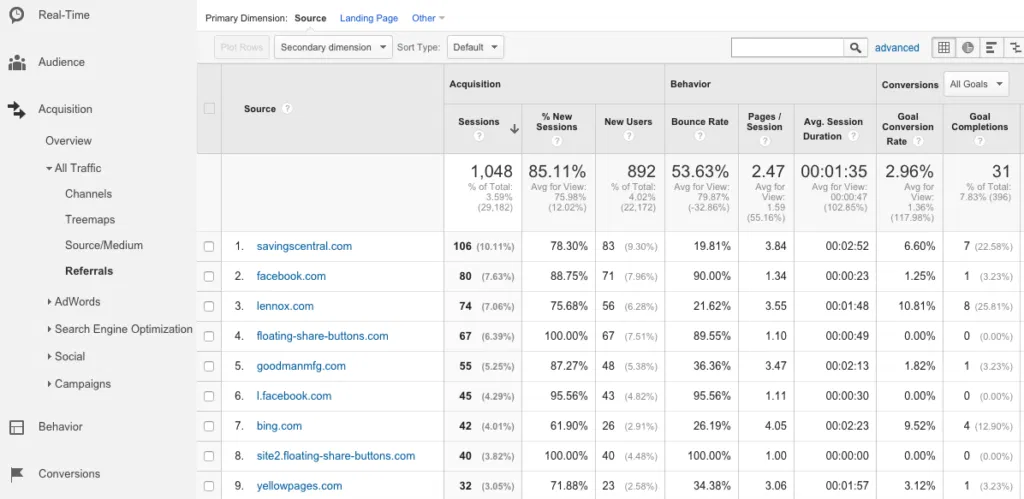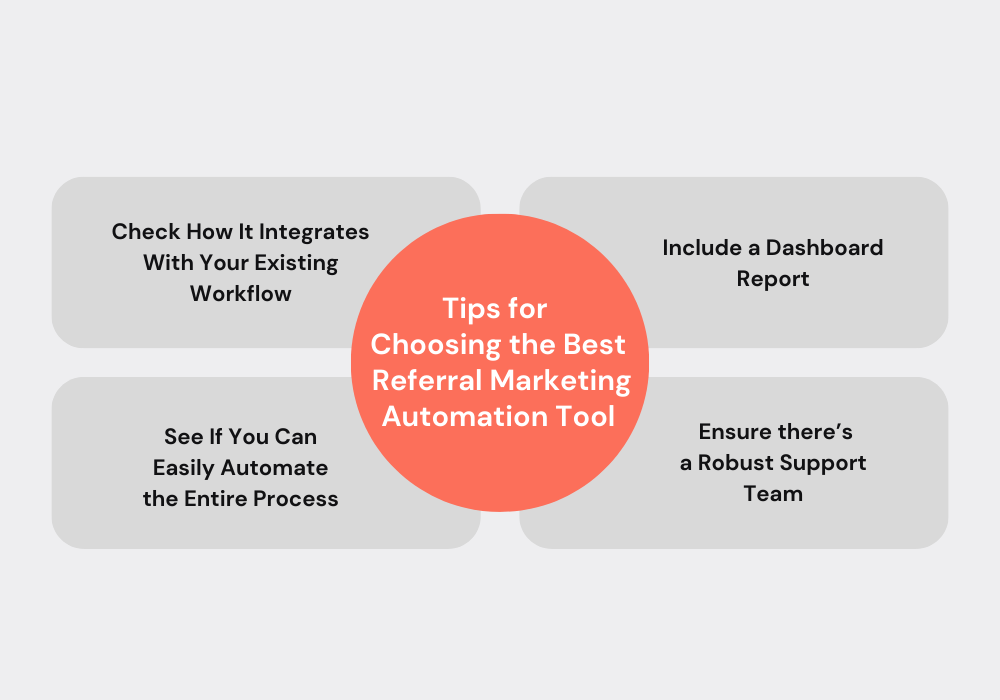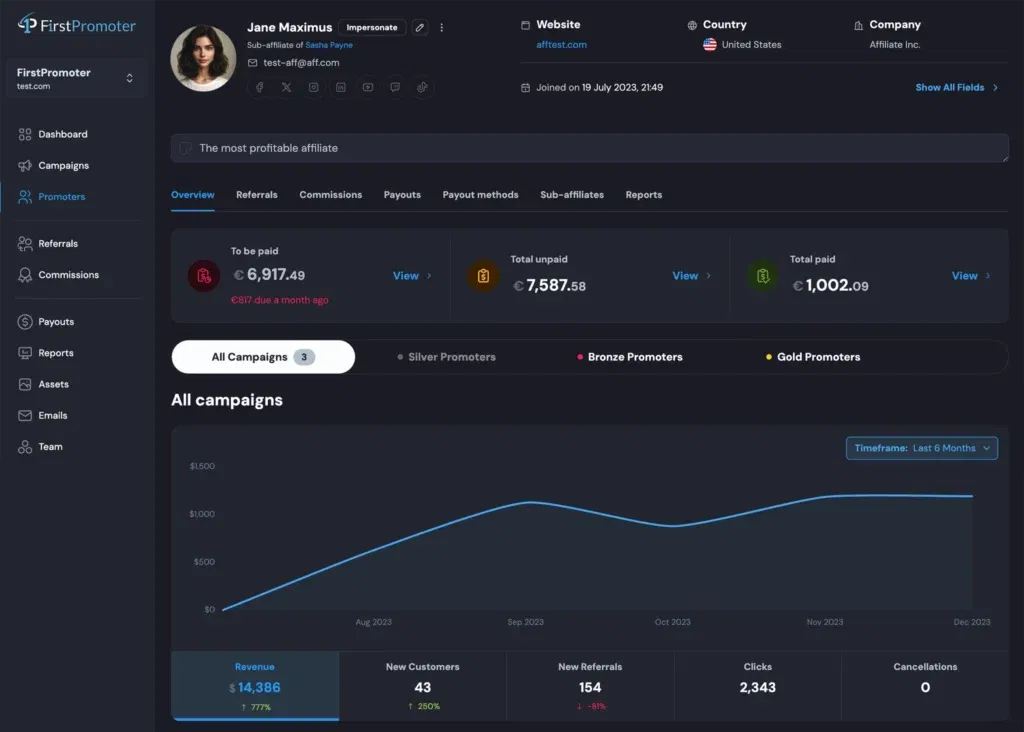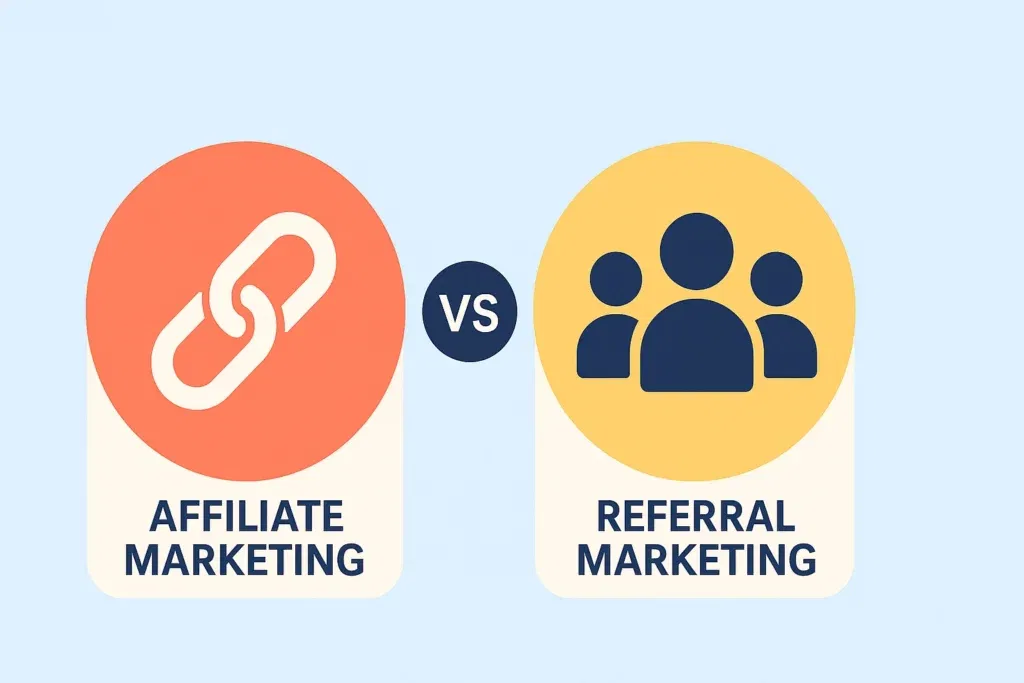Table of Contents
Main Takeaway
Referral marketing automation tools are indispensable for anyone working on a medium- or large-scale referral marketing campaign. They can help you eliminate most of your routine work, letting you and your team focus on the essentials.
Introduction
Automation is a huge buzzword in marketing, as companies seek ways to boost their visibility, reduce costs, and increase revenue. You’ve certainly seen various promoters and spokespeople tout automation as the universal cure for all of these issues—and it likely made you a bit skeptical.
Here’s the thing: when done right, it can actually work wonders.
For example, in 2023, we helped Prep Expert optimize its existing affiliate program, which brought in $337k in sales in just one year. We set up the process specifically to help Prep Expert get ongoing sales with a lot less hassle. But getting to that point involved a lot more work behind the scenes than figuring out how to use Referral Rock.
Referral marketing is another avenue where automation can shine, yet I often see companies not fully understanding what it can actually do for their programs.
In this post, I’ll share my insights on how referral marketing automation can benefit your brand, and the three simple steps you need to move on from manual referral programs.
Is Referral Program Automation Important?
There are multiple advantages to choosing automation over a manual referral program, but the most obvious one is eliminating the guesswork associated with doing everything by yourself from scratch.
Automation takes care of the drudgery such as sorting referrals, tracking progress, and issuing rewards, letting you focus on what matters.
Having more extra time allows you to fine-tune your approach to customer relationships, both on a general and an individual level. If you leave the tedious technicalities to automation, your referral partners have more opportunities to substantially interact with the person behind the brand. In the long run, this translates to improved partner loyalty and retention.
How to Automate Your Referral Marketing Campaign
1. Identify Your Customer Target Segment

Instead of going in blind and hoping that your chosen approach turns out to be effective, it’s much better to do some research in advance, identify your target customers, and tailor your customer referral program according to their characteristics.
When defining your target demographic, start by defining your product or service and learning about what motivates people to buy it. Then analyze your competitors and figure out what leads people to choose your product or service over theirs. This will help you create an ideal customer persona that your program will refer to.
2. Choose Your Referral Rewards and Incentives
The next step is to decide how to reward the customers who decide to join your automated referral program, as well as how to attract the people whom they will try to refer to your brand. Existing customers entering a referral program typically get a reward, while potential new customers are attracted via incentives.
The possibilities for your reward and incentive structure are almost endless. They may include discounts, free subscriptions, gifts, and more. You may also want to include a tiered system, with ranks based on referral program performance, to motivate your referral partners to keep doing even better.
The referral marketing incentives portion of the program is usually more straightforward, but must still be carefully planned and thought out.
3. Set Up Referral Triggers
A referral trigger is an action carried out by the “referred” in order for the referral to be marked as successful. An activated referral trigger will make your “referral partner” gain a reward, or move closer to reaching a milestone.
This trigger can be a completed purchase, an account sign-up, a registered email address, a clicked referral link, an entered referral code, or more.
Key Benefits of Automating Your Referral Program
Saving time and effort for you and your marketing and sales teams is only the tip of the iceberg with automated referral programs.
Here are some other reasons why I always recommend them:
1. Real-Time Analytics

Automating the entire referral campaign streamlines your process through a single referral program software. This makes it much easier to keep tabs on all relevant processes.
An adequate referral software will include a dashboard that will let you monitor all campaigns in real time, observe the behavior of referral program members, and gain valuable insights.
2. Scalability
A manual referral program may look good enough if you’re starting small, but referral automation becomes a necessity when the number of customers you expect to take advantage of referrals goes into double, triple, or even quadruple digits.
With automated referrals, you can stick to the same basic framework, no matter the scale.
3. Improved Customer Engagement

Not only can referral automation tools give you more time to focus on building an engagement strategy, but the features made easier with automation also make engagement much more effective.
Points and various other milestone-based reward systems have been found to be 24% more effective at building engagement compared to cash rewards.
4. Cost-Effectiveness
Apart from the increased sales profit made from referrals, automation also cuts down on the costs involved in running a marketing and sales campaign.
The automation can take care of routine tasks such as email campaigns or processing rewards, lifting a huge amount of load from your sales team, and thus requiring less manpower.
5. Easy Referrals
Automation makes the referral process easier for referral partners and potential new customers as well.
The whole process can be handled in only a few clicks, thanks to a simple URL or a referral code.
Tips for Choosing the Best Referral Marketing Automation Tool

Most referral marketing software tools offer some degree of automation. Still, not all of them are equally powerful solutions if you’re looking to automate referrals.
I’ll cover the main points you should bear in mind when choosing the right automation tool.
1. Check How It Integrates With Your Existing Workflow
Some automation solutions may not blend well with your established workflow and software stack. If you’re not careful about this, it can prove to be incredibly wasteful. Always use the free trial to run the tool for a test drive and see if it plays well with your other software.
2. Make Sure It Includes a Dashboard Report
An analytics dashboard is one of the most important features that a marketing automation tool should have. It will give you a big picture of your campaign’s performance and grant invaluable insights on which steps you should ideally take next.
3. See If You Can Easily Automate the Entire Process
Not all referral marketing tools allow you to automate the whole process from start to finish. To get the most out of your tool, look for one that’s able to leave as much of the process as possible to automation.
4. Ensure There’s a Robust Support Team
One downside of leaving an entire process to automation is that major software issues can lead to a complete stall. This is why the tool you want must have a quick and responsive support team if you want to ensure the continuity and stability of your work projects.
Ready to Automate Your Referral Efforts?
Referral marketing is one of the most effective ways to build up your brand’s reach and reputation. We’ve seen how automation can help streamline a referral program and make it more efficient. Still, it takes expert knowledge to properly apply all instances of marketing automation and get the most out of them.
At Vivian Agency, we’ve got what it takes to help you build your full set of marketing automations and design entire referral program strategies, personalized for your unique needs.
Book a call with me and let’s get in touch as quickly as possible!




